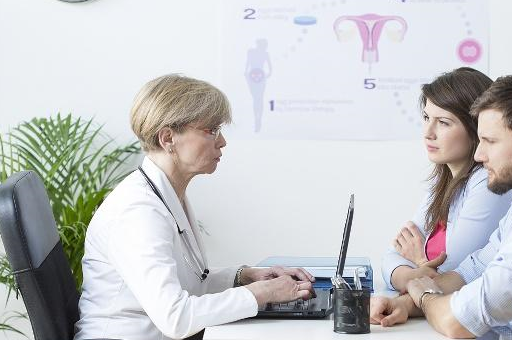Reasons for urinary incontinence and uterine prolapse:
More common in postmenopausal women, because of ovarian function decline, decreased or lack of estrogen, causing supporting structures like fascia to undergo degenerative changes, becoming loose or even atrophied, and due to age-related decreased muscle tone, weak pelvic floor support tissues, resulting in the uterus descending from its normal position along the vagina, with the cervix external to the ischial spines level, and even the uterus completely prolapsing outside the vaginal opening, sometimes accompanied by urethral prolapse and stress urinary incontinence.
Main symptoms:
Uterine prolapse pulls the peritoneum, ligaments, and pelvic floor tissues, causing lower back pain and a sense of pressure; after prolapse, it causes displacement of the bladder and compression of the urethra, often accompanied by frequent urination, difficulty urinating, urinary retention or urinary incontinence, greatly inconveniencing patients’ lives. It has been reported that at least 1 in 10 elderly women suffer from urinary incontinence, seriously affecting their quality of life.
High-risk population:
Studies have found that about 50% of parous women have symptoms of genital prolapse, among which about 10% to 20% of women require treatment, therefore, elderly women need to pay attention to regular exercise and prevention. They should actively engage in physical exercises to strengthen pelvic floor muscles and abdominal muscles, avoid excessive household chores and physical labor; women with chronic cough and habitual constipation should seek active treatment.
Treatment:
For those with mild uterine prolapse, comprehensive treatment methods such as acupuncture, topical and internal Chinese herbal medicine, and uterine supports can be used. In Chinese medicine, descending of Qi and vulnerability of the stomach lead to damage of the meridians, inability to support the uterus, resulting in uterine prolapse.
① Traditional Chinese Medicine Treatment
② Lifestyle Exercise
Physical therapy can also treat mild uterine prolapse. For example, Kegel exercises, each lasting around 10 minutes, several times a day, with the first exercise done in the morning. For stress urinary incontinence, consciously pause urination several times each time and form a habit.
③ Other Treatments
Sacral acupuncture has achieved satisfactory results in the clinical treatment of urgency urinary incontinence. Low-frequency electrical stimulation can excite anal sphincter fibers, improve pelvic floor muscle tension, and have a significant effect on improving mild uterine prolapse. For severe prolapse or ineffective nonsurgical treatments like uterine supports, surgical methods may be used.


